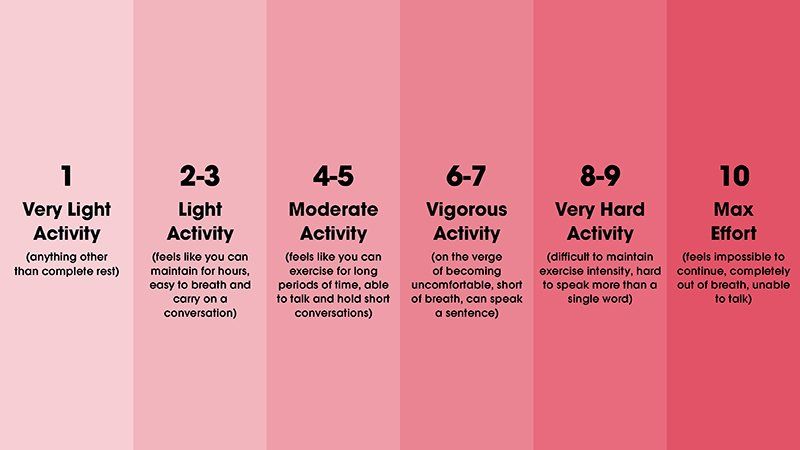Week 4
Walk for positivity
Your focus this week
This week, say no to all negative self-talk. Just focus on everything you like about yourself. Your inner story shapes how you present yourself to the world. It’s important you’re a kind and generous author.
Weekly challenge
Each time you’re feeling flat or drained, take a walk and see if it helps. There’s every chance it will make a big difference.
Plan support
Have a question about your plan. Reach out to the walking team at walking@heartfoundation.org.au
Week 4 of your Personal Walking Plan
This week we will be introducing strength exercises and increasing your walk duration by 5 minutes.
If you find increasing the walk too much for you, break it up into 2 smaller walks such as:
- 2 x 10-minute walks; or
- 1 x 15-minute walk + 1 x 5-minute walk
This can be done by doing one walk in the morning and the other in the evening. We have put this in the table below.
Here’s what you’ll be doing in Week 4:
| Week 4 | |
|---|---|
| Number of walks | 4 |
| Duration | 20 minutes per walk |
| Intensity | Light (3/10) |
| Number of strength sessions | 1 |
Track your intensity
Continue to aim for a comfortable pace aiming for a 3 out of 10 on the intensity scale. You should still be walking at an easy to moderate pace.
Remember, you set the pace depending on how the effort feels for YOU. No need to sprint of jog, it's all about getting your body moving and feeling good.
Here’s the intensity scale again as a reminder of what you’re aiming for:
Rate of Perceived Exertion (RPE) scale
Stretching exercises
Continue with the same stretching routine from last week. Don’t forget– your body will thank you for it!
While it’s best to stretch immediately after your walk, it’s okay to do it later if you’re pressed for time. Have a think about when you can fit it in – you could take a break in the middle of the day or wait until a quieter time in the evening.
Stretching how-to video:
Strength exercises
If the word ‘strength’ makes you think about lifting weights at the gym, think again! All our exercises use your bodyweight to help you build muscle and bone strength. That means you can complete them at home, in the backyard, in your local park, or anywhere your body can take you.
Strength exercises are crucial for building and maintaining muscle mass, which not only enhances physical performance but also helps in daily activities and reduces the risk of injury. Additionally, they can boost metabolism, improve bone density, and support overall health and longevity.
Tips for getting started
There are 6 exercises to complete. Aim to complete all 6.
Getting the terminology right
Repetitions, or ‘reps’, are the number of times you complete an exercise or movement. A ‘set’ is the total number of reps you complete in a single block.
For example, if you do 3 sets of 8 squats, that means you’ve completed 24 squats split over 3 separate blocks, with 30-60 seconds rest after 8 squats.
How many sets and reps?
There are 6 exercises to complete. You should aim to complete all 6. The number of sets and reps you do of each depends on your fitness level.
- Beginner = 1 set of 6–10 reps
- Intermediate = 2 sets of 10-15 reps
- Advanced = 3 sets of 10–15 reps
If you find any level too easy or too hard over the course of your program, you can simply increase or decrease the reps and sets as needed. For example, if you complete 2 sets of 10 sit-to-stands and feel like you could do more, then the next day try 2 sets of 15. If it is still too easy you could try 3 sets of 15 at your next session! The important thing is to listen to your body.
Here’s what you need to know:
- Schedule your strength exercises on your ‘off’ days – that is, on days you’re not already walking.
- If you find yourself struggling with one of the exercises, skip it and move to the next one. You can always try it again another day. This is important for when you have an injury too.
- Breathe normally during the exercises – it's important not to hold your breath.
- Have a little break for at least one to two minutes between each exercise.
Feeling stiff?
If you’re feeling a bit stiff this week, don’t worry – muscle soreness is normal after weight-bearing exercise, especially if you’re using muscles that haven’t been activated for a while. This stiffness should pass after a few days, but if it doesn’t, speak to your doctor or another health professional for advice.
Download and print off your weekly Program Card, Stretch Card and Strength Card to keep track of your progress.
Remember, if you experience any chest pain, have difficulty breathing or become unwell during any physical activity, stop and seek advice from your doctor or health care team.
Share your walks with us
Join our Facebook group and upload a selfie during your walk. Let us know what you're listening to, how the program's going, what you love most about walking.





